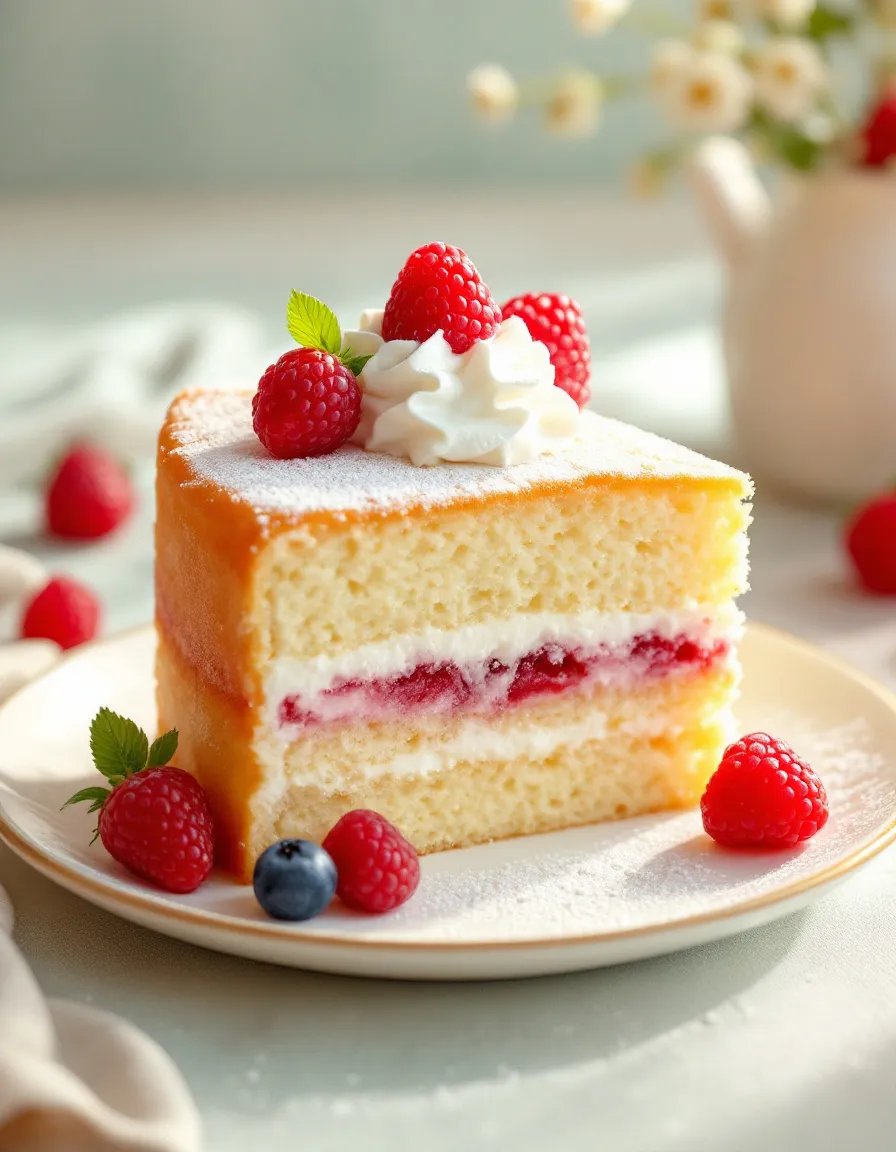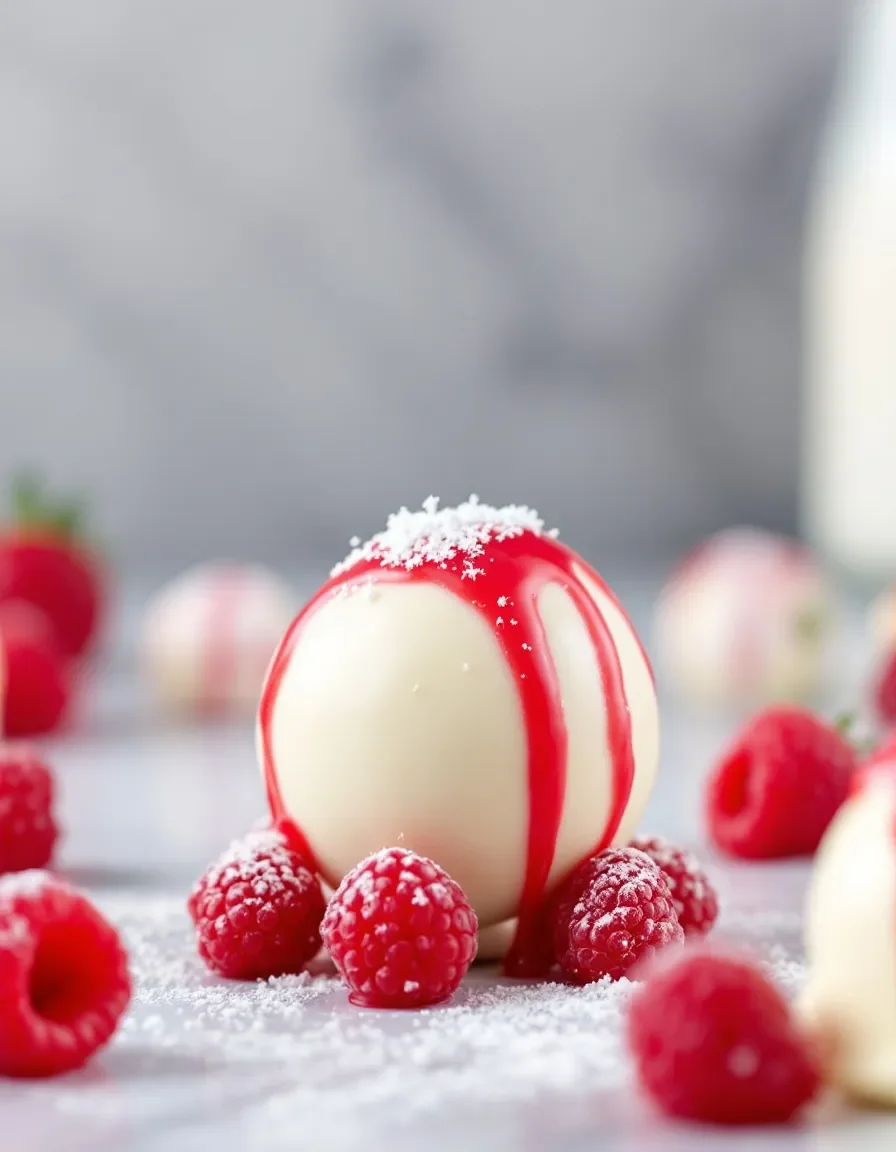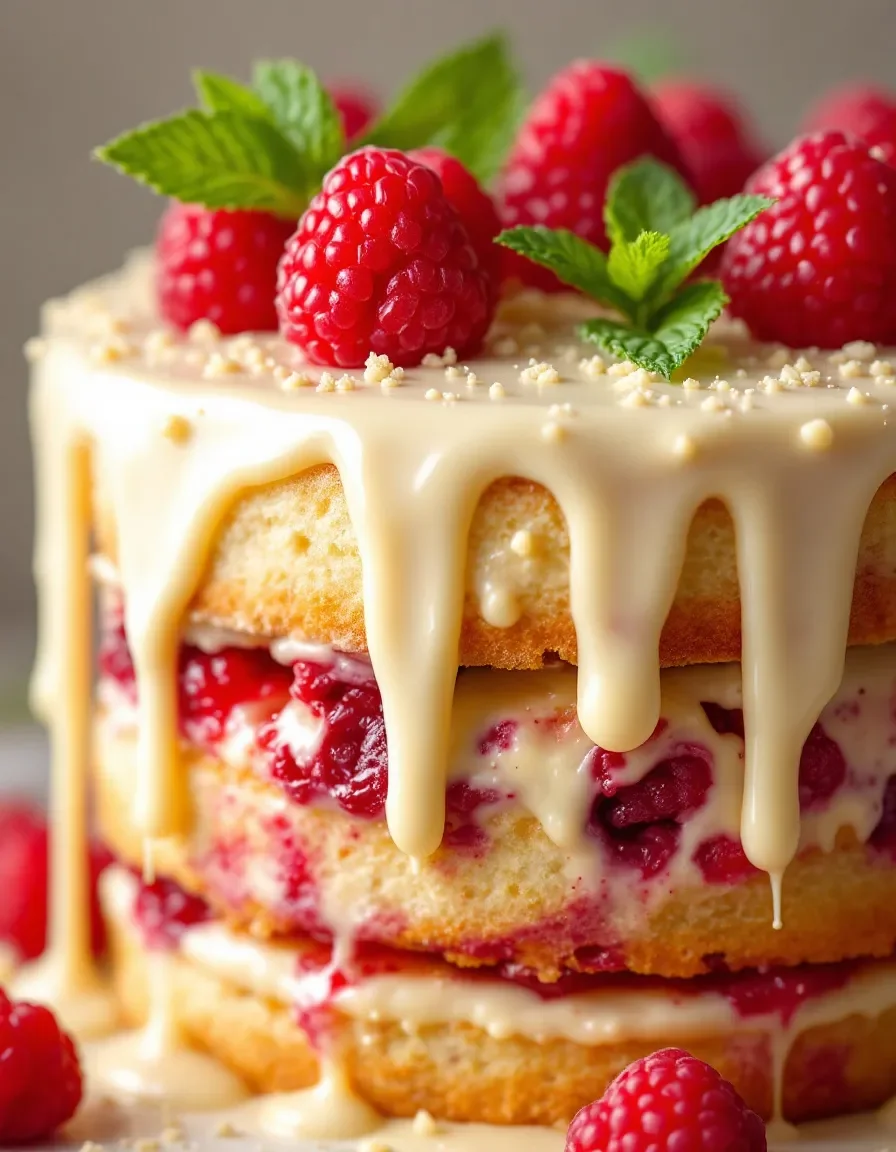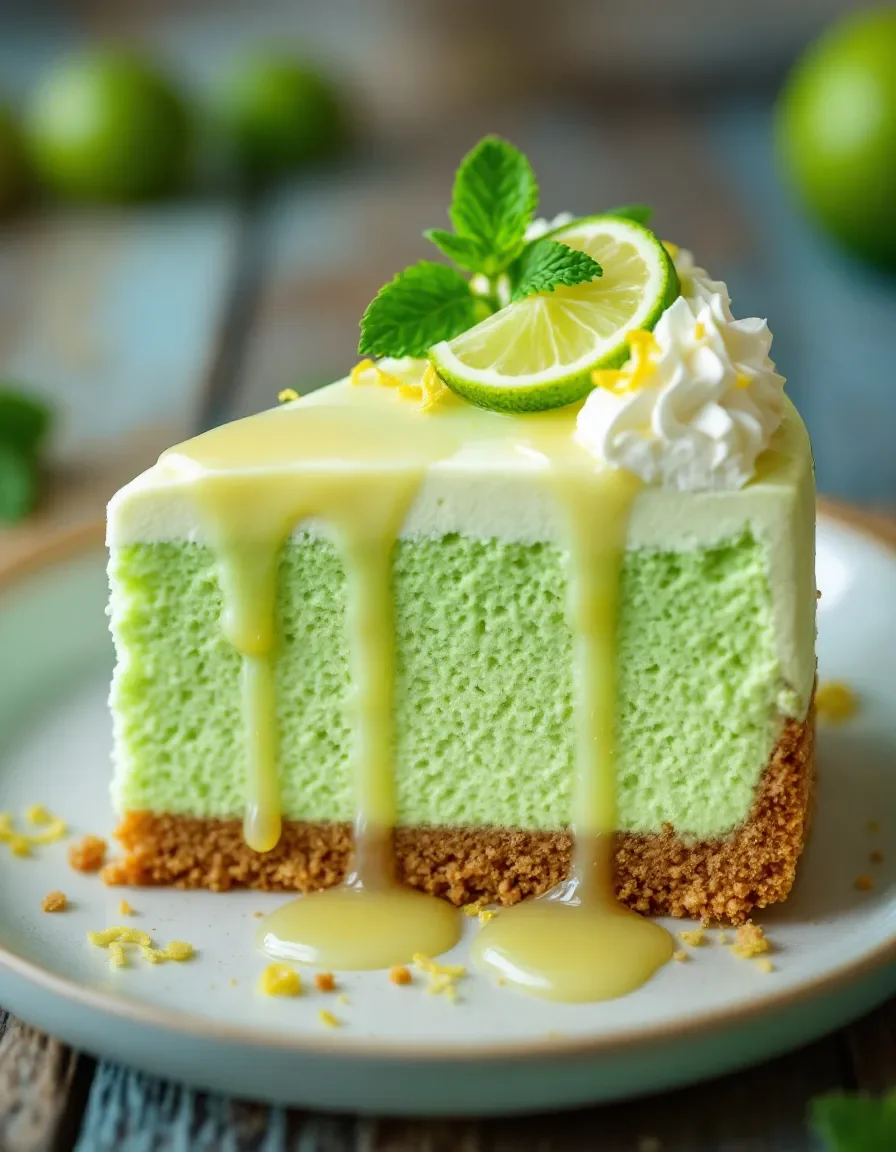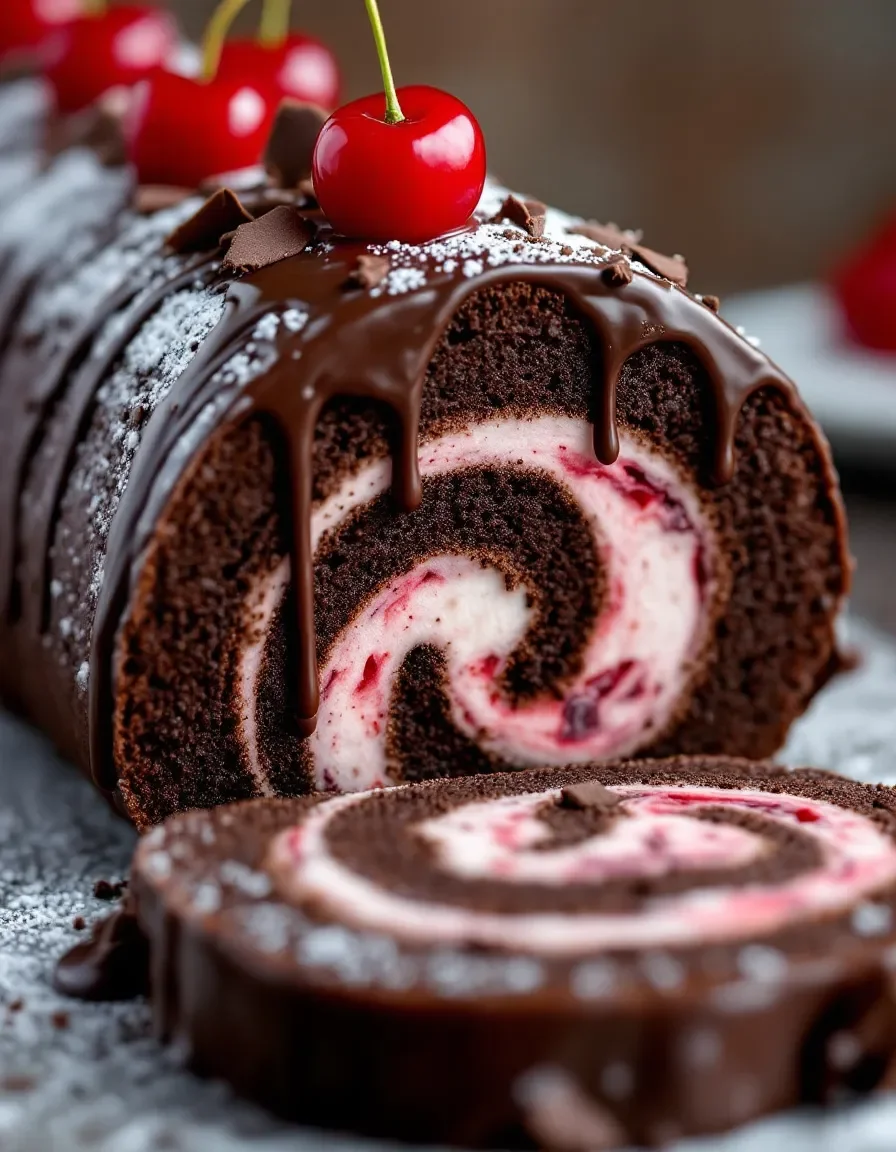Cotton Cake: The Fluffy, Cloud-Like Dessert You Need to Try
If you’ve ever dreamed of biting into a dessert as light as a cloud, this cotton cake recipe is your answer. This Japanese-inspired delicacy is known for its impossibly soft, airy texture that melts in your mouth. Unlike traditional sponge cakes, cotton cake achieves its signature fluffiness through a unique combination of whipped egg whites and a delicate custard-like batter.
The magic of cotton cake lies in its contrast of textures – a tender crumb that’s moist yet weightless, with a subtle sweetness that lingers just long enough to satisfy. When baked properly, it should jiggle slightly when shaken, a telltale sign of its delicate structure. The golden-brown top gives way to a pale yellow interior that’s as visually appealing as it is delicious.
Quick Recipe Highlights
- Flavor Profile: Delicate vanilla notes with a subtle sweetness that doesn’t overwhelm. The buttery richness balances perfectly with the light texture.
- Texture: Unbelievably soft and airy with a melt-in-your-mouth quality. The crumb is fine and moist without being dense.
- Aroma: Warm vanilla and butter scents with a faint caramel note from the golden top.
- Visual Appeal: Pale golden exterior with a jiggly, cloud-like interior that’s Instagram-worthy when sliced.
- Skill Level Needed: Requires some baking experience, particularly with egg white whipping and gentle folding techniques.
- Special Equipment: Springform pan, stand mixer or hand mixer, and a water bath setup are essential for success.
Recipe Overview
- Difficulty Level: Medium difficulty due to the precise techniques required. The recipe involves separating eggs, whipping whites to perfect peaks, and careful folding to maintain airiness.
- Category: Dessert, specifically a type of sponge cake with Asian baking influences.
- Cuisine: Japanese-inspired with Western baking techniques, representing a beautiful fusion of culinary traditions.
- Cost: Moderate cost ingredients, with eggs being the primary expense. Much more affordable than store-bought versions.
- Season: Perfect year-round, though especially comforting in cooler months with a cup of tea.
- Occasion: Ideal for afternoon tea, special celebrations, or as an impressive yet understated dessert for dinner parties.
Why You’ll Love This Cotton Cake Recipe
The first bite of cotton cake is a revelation in texture. Unlike heavier butter cakes or dense pound cakes, this dessert floats on your palate with an ethereal lightness that’s hard to describe until you’ve experienced it. The delicate crumb structure comes from the perfect balance of whipped egg whites and a rich yolk-based batter, creating a cake that’s substantial enough to satisfy yet light enough that you’ll want seconds.
Beyond its incredible texture, cotton cake offers versatility in presentation. Serve it plain to appreciate its pure flavor, or dress it up with fresh berries, whipped cream, or a dusting of powdered sugar. The neutral flavor profile makes it an excellent canvas for various toppings and accompaniments, allowing you to customize it for different occasions and preferences.
Nutritionally, cotton cake is a relatively light dessert option compared to frosted layer cakes or cheesecakes. With its high egg content, it provides protein while keeping sugar levels moderate. The portion control is built-in too – a small slice satisfies completely thanks to its rich flavor profile.
For entertaining, cotton cake makes an impressive statement without requiring elaborate decoration. Its jiggly texture and perfect dome shape naturally draw attention and curiosity. Guests will be amazed that you made this bakery-quality dessert at home, and you’ll love that it’s actually simpler than many fancy cakes once you master the technique.
Economically, homemade cotton cake costs a fraction of what you’d pay at specialty bakeries. The ingredients are pantry staples for most bakers, and the recipe yields enough to serve a small gathering. Leftovers (if you have any) keep well for several days, making it practical for small households too.
Historical Background and Cultural Significance
Cotton cake, known as “cotton soft cheesecake” or “Japanese cheesecake” in some regions, has its roots in Japanese patisserie techniques that emphasize lightness and subtle sweetness. While the exact origin is debated, food historians trace its development to the mid-20th century when Japanese bakers began adapting Western-style cakes to local tastes.
The cultural significance of cotton cake lies in its representation of wafū (Japanese-style) adaptations of Western desserts. Japanese baking traditionally favors less sweet, more delicate textures compared to European or American cakes. Cotton cake exemplifies this philosophy, creating something entirely new rather than simply copying foreign desserts.
Over time, the recipe evolved through home kitchens and professional bakeries across East Asia. Variations emerged in Taiwan, Hong Kong, and Korea, each adding local twists while maintaining the essential cloud-like texture. The cake gained international fame through social media, where videos of its characteristic jiggle went viral.
Today, cotton cake represents a beautiful culinary bridge – Western techniques applied with Eastern sensibilities. Its popularity continues to grow as more home bakers discover the joy of creating this textural marvel in their own kitchens.
Ingredient Deep Dive
Cake Flour: The low-protein content of cake flour (about 7-9%) is crucial for cotton cake’s tender texture. All-purpose flour would make the cake too dense. Cake flour’s fine texture and chlorination process help create that melt-in-your-mouth quality. For best results, sift it twice to ensure no lumps remain.
Eggs: Large, fresh eggs at room temperature are essential. The whites provide structure through whipped air pockets, while the yolks contribute richness. Older eggs whip more easily but fresh eggs hold their structure better. Separate them cold for cleaner division, then let them come to room temperature.
Cream Cheese: While some cotton cake recipes omit this, the cream cheese version adds depth of flavor and helps stabilize the delicate structure. Use full-fat cream cheese for best results, and ensure it’s softened properly to avoid lumps in your batter.
Whole Milk: The fat content in whole milk contributes to the cake’s moistness without weighing it down. For dairy-free alternatives, coconut milk works surprisingly well, adding a subtle tropical note that complements the vanilla.
Granulated Sugar: Fine granulated sugar dissolves best in the egg whites. Superfine or caster sugar works even better if available. The sugar not only sweetens but also helps stabilize the whipped egg foam.
Common Mistakes to Avoid
- Overbeating egg whites: Stiff peaks should still be glossy and smooth, not dry or clumpy. Overbeaten whites won’t incorporate properly and can cause cracking.
- Improper folding technique: Use a large silicone spatula and fold gently in a J motion. Stirring deflates the batter, resulting in a dense cake.
- Incorrect water bath setup: The water should come halfway up the pan’s sides. Too much water can make the cake soggy; too little won’t provide enough steam.
- Opening the oven door early: Sudden temperature drops cause collapse. Wait until minimum bake time before checking.
- Using cold ingredients: Room temperature ingredients blend more smoothly and help maintain air in the batter.
- Overbaking: The cake should jiggle slightly in the center when done. A toothpick test isn’t reliable for cotton cake.
- Improper pan preparation: Line the bottom with parchment and grease the sides lightly. Skip flouring which can create a crust.
- Rushing cooling time: Let the cake cool gradually in the turned-off oven with the door ajar to prevent sinking.
Essential Techniques
Egg White Whipping: Start with spotlessly clean bowls and beaters – any grease prevents proper aeration. Whip at medium speed until foamy, then gradually add sugar. The whites should form stiff peaks that hold their shape when the whisk is lifted, but still appear glossy and smooth. Underwhipped whites won’t provide enough lift, while overwhipped ones become grainy and difficult to fold in.
Bain-Marie (Water Bath) Baking: This gentle, indirect heat is crucial for cotton cake’s texture. The water should be hot when poured into the roasting pan (about 1 inch deep). The springform pan must be well-wrapped in foil to prevent water seepage. The steam created keeps the oven environment moist, allowing the cake to rise slowly and evenly without drying out or cracking.
Gradual Cooling: After baking, turn off the oven and prop the door open with a wooden spoon. Let the cake cool inside for about 30 minutes before removing. This gradual temperature change prevents the dramatic contraction that causes sinking or cracking. Then transfer to a wire rack to cool completely before unmolding.
Pro Tips for Perfect Cotton Cake
- Use a kitchen scale for precise measurements – baking is a science, especially with delicate cakes.
- Add a pinch of cream of tartar to your egg whites for extra stability when whipping.
- Fold in the egg whites in three batches, incorporating each addition partially before adding more.
- Tap the filled pan gently on the counter to release large air bubbles before baking.
- Place the water bath on the lowest oven rack to prevent the bottom from overcooking.
- If the top browns too quickly, tent loosely with aluminum foil after the first 20 minutes.
- For clean slices, use a thin knife dipped in hot water and wiped between cuts.
- For extra flavor, add a teaspoon of lemon zest or almond extract to the batter.
Variations and Adaptations
Matcha Cotton Cake: Add 2 tablespoons of high-quality matcha powder to the flour mixture for a vibrant green tea version. The earthy matcha flavor pairs beautifully with the cake’s sweetness.
Chocolate Cotton Cake: Replace 1/4 cup of flour with cocoa powder for a chocolate variation. Consider adding chocolate chips to the bottom before pouring in the batter.
Cheesecake Hybrid: Increase cream cheese to 8 oz for a more pronounced tang. This creates a cross between Japanese cotton cake and New York cheesecake.
Seasonal Fruit Toppings: Top with macerated berries in summer, caramelized apples in fall, or citrus segments in winter for seasonal flair.
Mini Cotton Cakes: Bake in individual ramekins for portion-controlled servings. Reduce baking time to 20-25 minutes.
Serving and Presentation Guide
Cotton cake needs no elaborate decoration to impress – its cloud-like texture is the star. For elegant presentation, dust lightly with powdered sugar using a fine-mesh sieve. Fresh edible flowers or mint leaves add a pop of color without overwhelming the delicate flavor.
When slicing, use a thin-bladed knife dipped in hot water and wiped clean between cuts. This ensures clean slices that showcase the cake’s fine crumb structure. Serve on simple white plates to highlight the cake’s golden hue.
Traditional accompaniments include fresh berries and lightly sweetened whipped cream. For a Japanese-inspired presentation, serve with matcha powder for dusting and red bean paste on the side. A scoop of vanilla ice cream makes it more decadent for special occasions.
Temperature matters – cotton cake is best served slightly cool or at room temperature. Chilling firms up the texture too much, while warm serving can make it fragile. Remove from refrigerator 30 minutes before serving if storing chilled.
Wine and Beverage Pairing
For wine pairings, choose something with bright acidity to cut through the richness without overpowering the subtle flavors. A demi-sec Champagne or sparkling wine works beautifully, as does a lightly oaked Chardonnay. For red wine lovers, a fruit-forward Pinot Noir complements without dominating.
Non-alcoholic options include floral teas like jasmine or chamomile. A lightly sweetened matcha latte makes an excellent pairing, especially with the matcha variation of the cake. Cold brew coffee with milk also balances the cake’s texture nicely.
For special occasions, consider dessert wines like a late-harvest Riesling or Moscato d’Asti. The honeyed notes play well with the cake’s vanilla flavors. Serve these in small portions to avoid overwhelming the delicate dessert.
Storage and Shelf Life
Properly stored cotton cake maintains its texture for 3-4 days at room temperature in an airtight container. Avoid refrigeration unless your kitchen is very warm, as the cold can dry out the cake. If you must refrigerate, bring to room temperature before serving.
For longer storage, cotton cake freezes remarkably well. Wrap individual slices or the whole cake tightly in plastic wrap, then foil. Freeze for up to 2 months. Thaw overnight in the refrigerator, then bring to room temperature before serving.
Signs of spoilage include an off smell, visible mold (rare due to the sugar content), or excessive drying. The cake may shrink slightly over time but should remain soft. If the texture becomes rubbery or tough, it’s past its prime.
Make Ahead Strategies
Cotton cake actually benefits from resting overnight, as the flavors meld and the texture stabilizes. Bake the day before serving, cool completely, then store at cool room temperature. The next day, the cake will be easier to slice and have better flavor development.
For components, you can prepare the cream cheese mixture up to a day in advance and store refrigerated. Bring to room temperature before using. Egg whites can be separated up to 24 hours ahead and kept covered in the refrigerator.
If making for a party, consider baking mini versions in advance and freezing. Arrange on a platter while still frozen about 2 hours before serving – they’ll thaw perfectly by dessert time.
Scaling Instructions
This recipe scales well for different needs. To halve, use 3 eggs (1 whole plus 1 yolk and 2 whites) and halve all other ingredients. Bake in a 6-inch pan for about 30 minutes.
For doubling, use exact measurements (no eyeballing) and divide batter between two 8-inch pans rather than using one large pan. This ensures even baking. You may need to extend baking time by 5-10 minutes.
When scaling, maintain the same pan height-to-width ratio for proper rising. Adjust water bath size accordingly, ensuring water comes halfway up all pans. Rotate pans halfway through baking if using multiple racks.
Nutritional Deep Dive
Per serving (1/8 of cake): Approximately 220 calories, 10g fat (6g saturated), 25g carbohydrates (15g sugar), 6g protein. While not a health food, cotton cake is lighter than most desserts due to its airy texture and moderate sugar content.
The eggs provide high-quality protein and nutrients like choline and selenium. Using cake flour means less gluten formation, potentially making it easier to digest for some people compared to regular cakes.
For a lower-sugar version, reduce sugar by 1/4 cup and add a teaspoon of vanilla bean paste for enhanced flavor. The texture may be slightly less tender but still enjoyable.
Dietary Adaptations
Gluten-Free: Substitute cake flour with a gluten-free blend formulated for cakes (like Cup4Cup). Add 1/4 teaspoon xanthan gum if your blend doesn’t include it.
Dairy-Free: Replace cream cheese with dairy-free cream cheese alternative and use coconut milk instead of whole milk. The flavor will be slightly different but still delicious.
Lower-Carb: While challenging due to the flour content, you can try replacing half the flour with almond flour and using a sugar substitute that measures like sugar. Texture will be denser.
Vegan: Not recommended for traditional cotton cake due to the egg dependence. Consider a vegan angel food cake recipe instead for similar lightness.
Troubleshooting Guide
Cracked Top: Usually from oven temperature being too high or dry oven environment. Next time, bake at 300°F instead of 325°F and place a pan of water on the rack below.
Dense Texture: Likely from overmixing or deflated egg whites. Ensure to fold gently and bake immediately after mixing.
Sinking Center: Caused by underbaking or sudden temperature changes. Use an oven thermometer to verify temperature and don’t open the oven door early.
Wet Bottom: From water seeping into the pan. Double-wrap your springform in heavy-duty foil and don’t overfill the water bath.
Eggy Taste: From insufficient vanilla or using older eggs. Fresh eggs and ample vanilla mask any egginess.
Frequently Asked Questions
Q: Can I make cotton cake without a springform pan?
A: While possible with a regular pan, springform is strongly recommended. The delicate cake is difficult to remove intact otherwise. If you must substitute, line a regular pan with parchment slings.
Q: Why does my cotton cake shrink so much after baking?
A: Some shrinkage is normal, but excessive shrinking indicates underbaking or rapid cooling. Ensure the center is set (slight jiggle) and cool gradually in the oven.
Q: Can I use all-purpose flour instead of cake flour?
A: You can make a substitute by removing 2 tablespoons per cup of AP flour and replacing with cornstarch. Sift together 5 times for similar results.
Q: How do I know when the egg whites are whipped enough?
A: The whites should hold stiff peaks that don’t droop when the whisk is lifted. The foam should be glossy, not dry or grainy-looking.
Q: My cake sticks to the pan – how to prevent this?
A: Line the bottom with parchment and grease the sides lightly with butter. Don’t flour the sides as this can create a crust.
Q: Can I add flavors like chocolate or fruit to the batter?
A: Yes, but add sparingly. Too much additional liquid or weight can affect the delicate structure. Powdered flavors work best.
Q: Why is water bath baking necessary?
A: The steam creates gentle, even heat that prevents the cake from drying out or rising too quickly and cracking.
Q: Can I make this without cream cheese?
A: Yes, omit it and increase milk to 1/2 cup. The texture will be slightly less rich but still light.
Q: How do I store leftovers?
A: Room temperature in an airtight container for 2 days, or refrigerate for up to 5 days. Bring to room temp before serving.
Q: Can I freeze cotton cake?
A: Yes! Wrap tightly in plastic then foil. Thaw overnight in refrigerator. Texture remains excellent.
Additional Resources
For those who love cotton cake, consider exploring other Asian-inspired desserts like Japanese cheesecake, Taiwanese castella, or Korean soufflé pancakes. These share similar techniques and flavor profiles.
Invest in quality bakeware if you plan to make cotton cake regularly. A good springform pan with tight seal and heavy-duty aluminum foil will serve you well for many bakes.
For visual learners, YouTube offers excellent tutorials on the folding technique and water bath setup. Seeing the proper batter consistency and jiggle test is invaluable.
Join the Conversation
We’d love to see your cotton cake creations! Share your photos on Instagram with #CloudLikeCottonCake and tag us for a chance to be featured. Tell us about your variations and any tips you’ve discovered.
Have questions we didn’t cover? Leave them in the comments below and our baking community will help troubleshoot. We update this post regularly with reader suggestions and success stories.
The Recipe
Japanese Cotton Cake
Serves: 8
Prep Time: 20 mins
Cook Time: 40 mins
Total Time: 60 mins
Kitchen Equipment Needed
- 8-inch springform pan
- Stand mixer or hand mixer
- Large mixing bowls
- Silicone spatula
- Roasting pan for water bath
- Heavy-duty aluminum foil
- Fine-mesh sieve
Ingredients
- 4 large eggs, separated (room temperature)
- 1/4 cup whole milk (room temperature)
- 4 oz cream cheese, softened
- 3 tablespoons unsalted butter
- 1/2 cup cake flour
- 1/4 cup granulated sugar
- 1 teaspoon vanilla extract
- 1/8 teaspoon salt
- 1/4 teaspoon cream of tartar (optional)
Directions
- Preheat oven to 325°F (160°C). Wrap springform pan bottom and sides tightly with 2 layers of heavy-duty foil to prevent water seepage.
- In a small saucepan, heat milk, cream cheese, and butter over low heat until melted and smooth. Remove from heat and let cool slightly.
- Sift cake flour into a bowl. Whisk egg yolks and vanilla into the slightly cooled milk mixture until combined.
- Gradually whisk the flour into the yolk mixture until smooth. Set aside.
- In a clean bowl, beat egg whites with salt and cream of tartar (if using) until foamy. Gradually add sugar while beating to stiff peaks.
- Gently fold 1/3 of the egg whites into the yolk mixture to lighten it. Then carefully fold in remaining whites in two additions.
- Pour batter into prepared pan. Tap gently on counter to remove large bubbles.
- Place pan in a roasting pan and pour hot water into roasting pan until it comes halfway up the springform.
- Bake for 35-40 minutes until top is golden and center jiggles slightly when shaken.
- Turn off oven and prop door open with a wooden spoon. Let cake cool in oven for 30 minutes.
- Remove from oven and water bath. Cool completely on a rack before removing pan sides.
Recipe Notes
- For best results, use room temperature ingredients.
- Don’t skip the water bath – it’s essential for the proper texture.
- The cake will shrink slightly as it cools – this is normal.
- Serve at room temperature for optimal texture and flavor.
- Store leftovers covered at room temperature for up to 2 days or refrigerate for up to 5 days.

